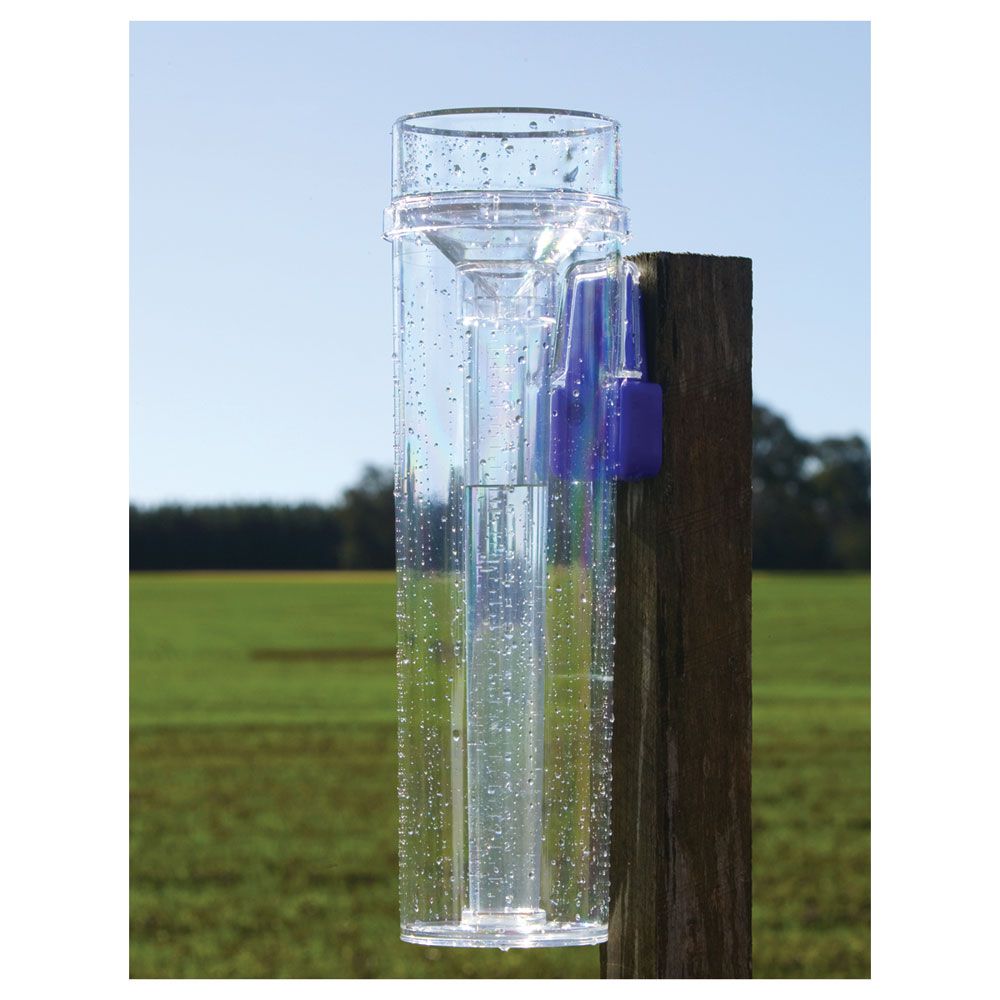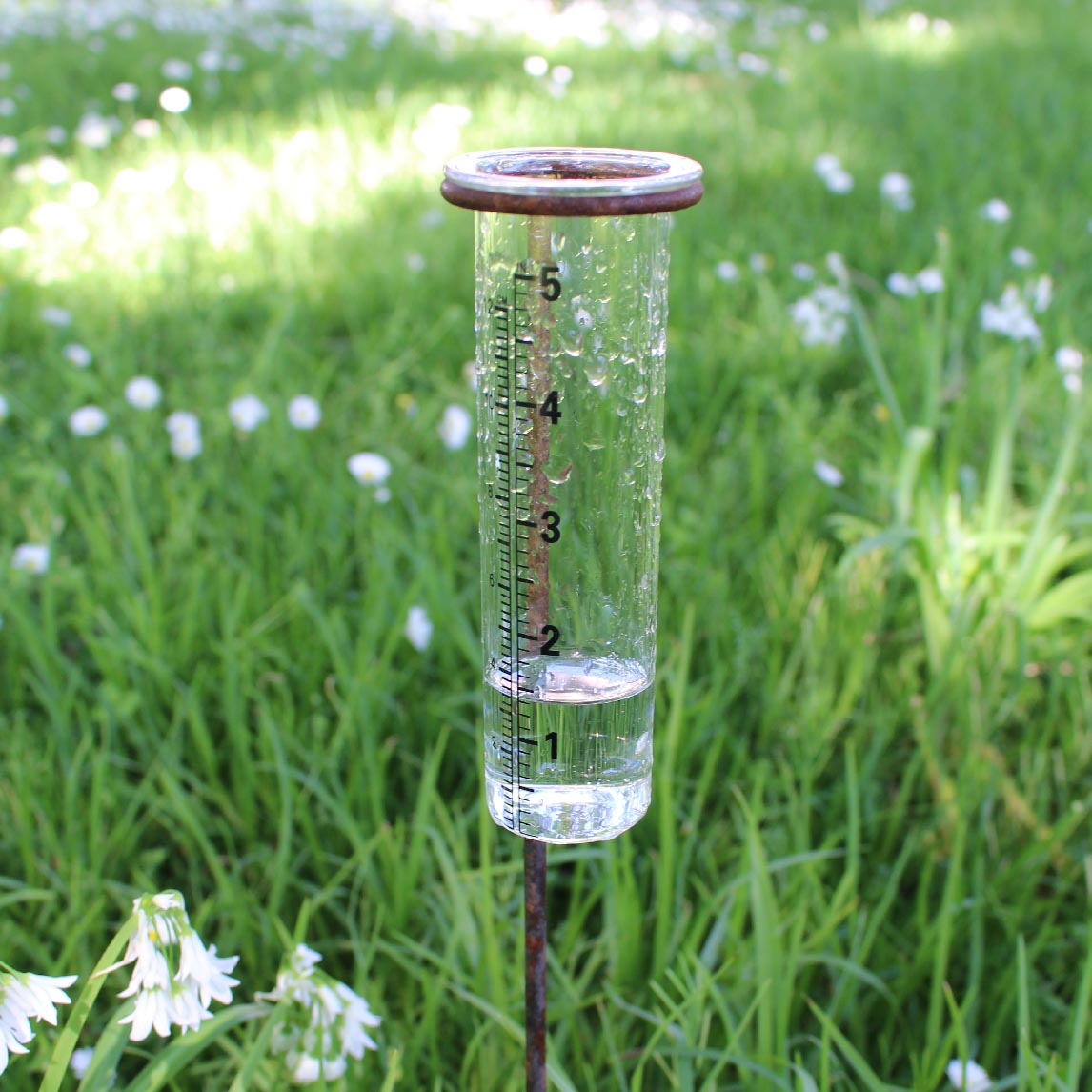Discover the most effective Rain Gauge for Accurate Weather Measurement and Forecasting
Wiki Article
Discover the Leading Advantages of Making Use Of a Modern Rain Scale for Accurate Weather Surveillance and Projecting

Boosted Information Precision
Using a modern rainfall scale dramatically boosts the precision and dependability of data accumulated on precipitation levels. Traditional rainfall gauges frequently face restrictions such as dissipation losses, wind effects, and hand-operated reading errors, resulting in unreliable data. On the other hand, contemporary rainfall assesses are geared up with sophisticated modern technologies like ultrasonic sensing units, tipping buckets, or considering systems that supply more real-time and exact data on rainfall strength and duration.
The enhanced information precision provided by modern rainfall evaluates is vital for different applications, consisting of flooding forecasting, water source administration, agriculture, and metropolitan planning. By specifically determining rains patterns, these gauges allow researchers and meteorologists to much better recognize neighborhood weather and trends, resulting in even more reliable projections and very early caution systems for serious climate events.
Additionally, the information accumulated from modern rainfall determines can be easily incorporated into weather surveillance networks and assessed using sophisticated software, improving the general accuracy and efficiency of rainfall data interpretation. Generally, making use of modern rainfall gauges plays a crucial function in boosting the top quality of weather-related data for a vast array of useful purposes.
Real-Time Updates
Including sophisticated sensors and interaction systems, contemporary rainfall gauges provide immediate updates on precipitation degrees, making sure precise and prompt data for numerous applications. Real-time updates play a vital role in weather monitoring and forecasting by making it possible for meteorologists, researchers, and various other individuals to react quickly to altering weather condition problems. These updates enable the surveillance of rains intensity, duration, and patterns as they happen, improving the capacity to predict possible flooding, droughts, or various other weather-related events accurately. By getting continual information on precipitation degrees, individuals can make enlightened decisions regarding agricultural tasks, water resource management, and emergency situation feedback initiatives. Furthermore, real-time updates from modern rain determines add to the renovation of weather versions and projections, ultimately enhancing the total precision of climate predictions. The immediate nature of these updates additionally facilitates the assimilation of rainfall scale data right into numerous automated systems, even more simplifying the procedure of weather tracking and evaluation.Improved Projecting Accuracy
Provided the real-time updates supplied by contemporary rain gauges, the boosted accuracy in projecting weather becomes increasingly noticeable. By properly measuring rains levels as they take place, modern rainfall evaluates make it possible for meteorologists and climate specialists to make more educated predictions about future climate patterns. This enhanced projecting accuracy is crucial for a variety of sectors and sectors, including agriculture, transport, and emergency monitoring.The information collected by contemporary rain determines permits for the growth of more dependable weather condition models, which in turn results in much more precise forecasts. rain gauge. With this improved accuracy, companies can much better intend for possible disturbances triggered by serious climate occasions, farmers can make informed decisions about irrigation and plant administration, and emergency situation responders can plan for and react to natural disasters extra properly
Effective Source Planning
Effective source preparation is vital for making the most of and enhancing operations efficiency in various fields. Modern rainfall gauges play a crucial duty in enhancing resource preparation by providing real-time and accurate information on precipitation degrees. By making use of information accumulated from these advanced rain determines, companies and companies can make educated choices concerning source allowance, specifically in sectors heavily affected by weather condition conditions such as transport, agriculture, and building and construction.In agriculture, as an example, having access to specific rainfall dimensions enables farmers to plan irrigation timetables better, making browse around these guys certain that crops receive appropriate water without wastefulness. In a similar way, in construction, understanding the exact amount of rainfall can aid project managers adjust timelines and allocate sources as necessary to prevent delays and expense overruns. Moreover, in the transport field, accurate rains data allows authorities to execute aggressive procedures to avoid flooding, lower traffic blockage, and ensure the safety and security of commuters.

Advanced Modern Technology Integration
With the quick improvements in innovation, the combination of modern-day rainfall evaluates has changed the method find out here now rainfall information is gathered and made use of for various objectives. Advanced innovation combination in rainfall assesses involves the unification of sensors that can spot not only the amount of rains but additionally the intensity and duration of rainfall occasions. These sensors can provide real-time information, allowing more accurate weather surveillance and forecasting.
Furthermore, some modern-day rain evaluates are incorporated with cloud-based storage systems, enabling customers to gain access to historical precipitation information conveniently - rain gauge. This historic data can be useful for trend evaluation, dry spell surveillance, and water source administration
Verdict
To conclude, the usage of a contemporary rainfall scale offers countless benefits for exact climate monitoring and projecting. With boosted data accuracy, real-time updates, boosted forecasting accuracy, effective resource preparation, and progressed innovation assimilation, weather condition tracking becomes more efficient and reputable. By utilizing these advanced tools, meteorologists and various other experts can make more enlightened choices and far better prepare for weather-related occasions.
In the realm of weather condition monitoring and projecting, the use of contemporary rain assesses has actually revolutionized the method meteorological data is collected and evaluated. In addition, real-time updates from contemporary rain evaluates add to the improvement of climate designs and projections, inevitably boosting the overall precision of weather forecasts. The instant nature of these updates likewise helps with the assimilation of rainfall scale information into numerous automated systems, further simplifying the procedure of weather condition tracking and evaluation.
By precisely determining rains levels as they happen, contemporary rain determines allow meteorologists and weather professionals to make even more educated forecasts about future weather condition patterns. By using data collected from these advanced rain determines, weblink companies and organizations can make enlightened decisions relating to resource allocation, particularly in fields heavily influenced by climate conditions such as transportation, construction, and agriculture.
Report this wiki page